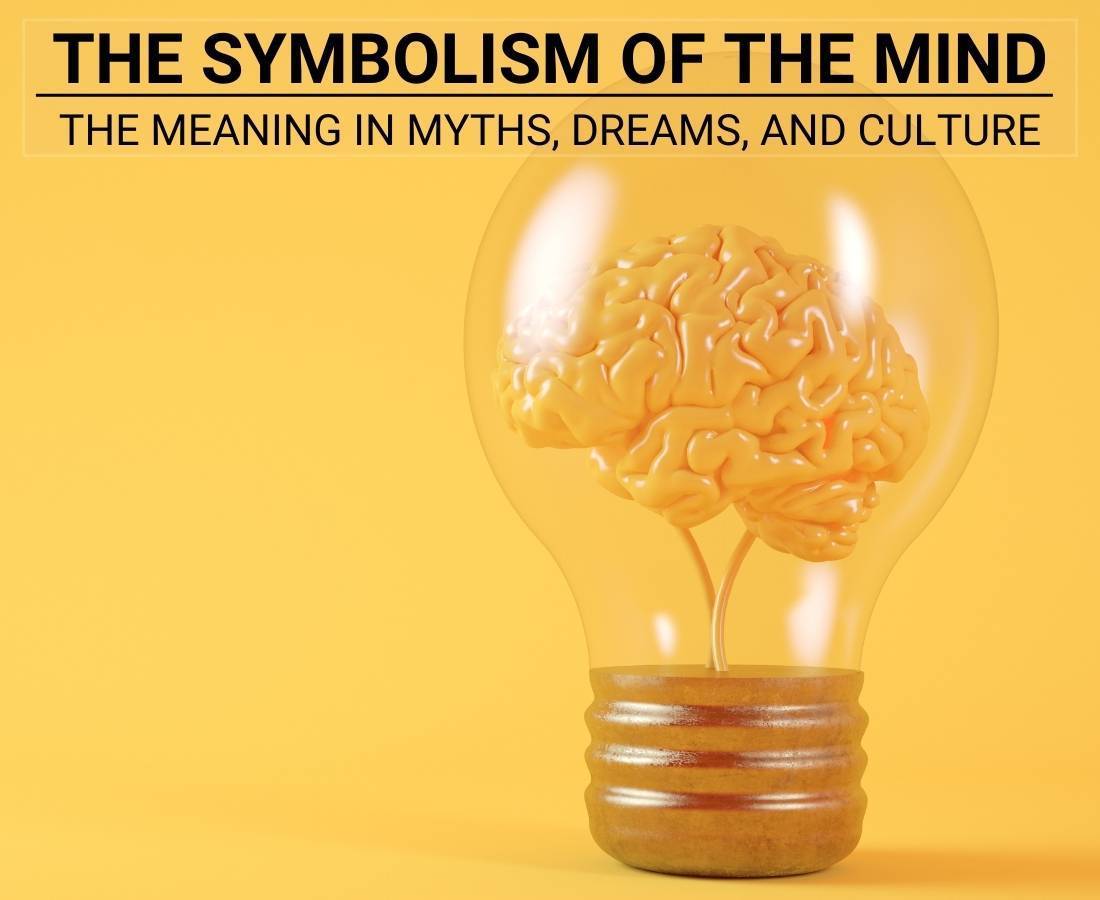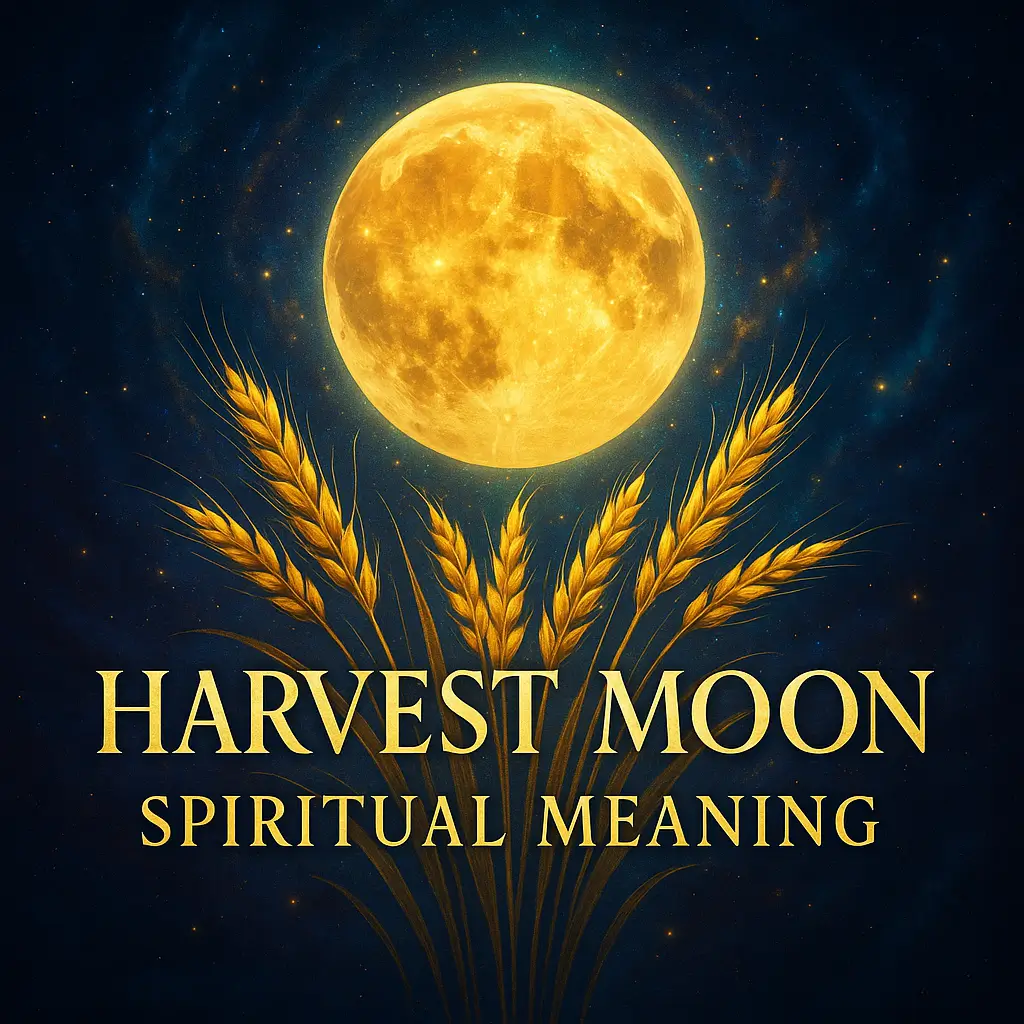Every person has had a mind throughout history, yet it’s one of the most mysterious aspects of the human being. The mind is a powerful force and often the best reflection of who someone is.
The human mind is a complex and mysterious thing. It is the source of our creativity, emotions, and thoughts. It can be seen as a symbol of many different things in myths, dreams, and culture.
In this blog post, we will explore some of the most common symbolism associated with the mind. We will look at how it is depicted in myths, dreams, and everyday culture. If you want to learn more about the symbolism of the mind, this is a great place to start!
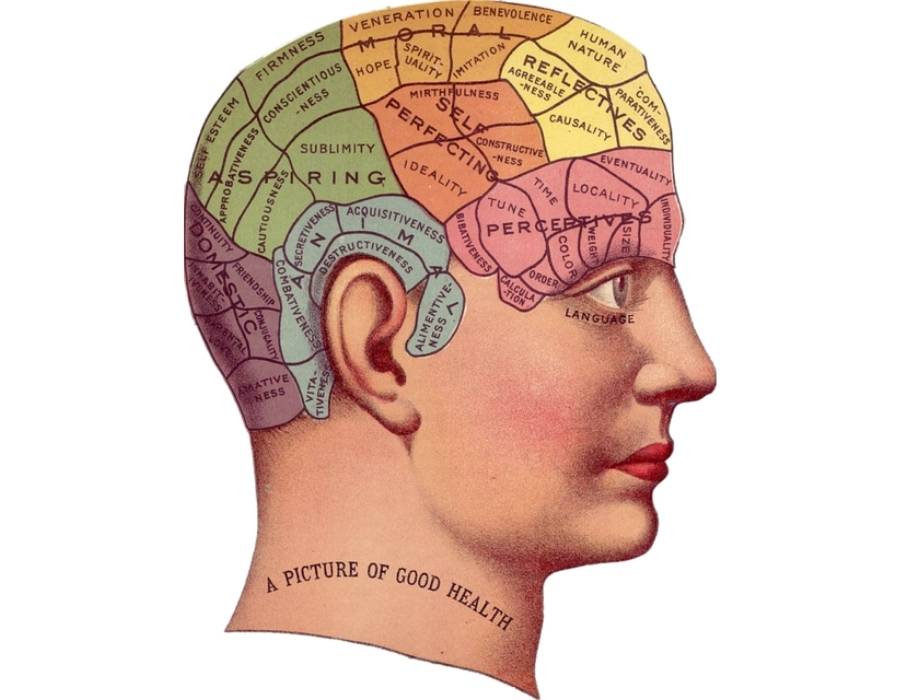
Table of Contents
- 1 Key Takeaways
- 2 Mind symbols
- 3 Mind symbolism throughout different cultures
- 4 Exploring the Mind: Symbolic Representations and Ancient Wisdom
- 5 FAQ
- 5.1 What does the brain symbolize in different cultures?
- 5.2 What is the symbolic meaning of consciousness?
- 5.3 How is the subconscious symbolized in art and literature?
- 5.4 What is the metaphysical meaning of the mind?
- 5.5 What does the rooster symbolize in relation to mental states?
- 5.6 What is the significance of the “element of surprise” as a mental symbol?
- 5.7 What does dopamine decor symbolize about our mental states?
- 6 Sources
Key Takeaways
- The human mind is one of the most mysterious and powerful aspects of our being, reflected through various symbols including the brain, lightbulb, and gears.
- Different cultures conceptualize the mind uniquely – from Hinduism’s Manas (governing intellect and perception) to Chinese Xin (representing both mind and heart).
- The mind is often symbolized through objects like mirrors and labyrinths, representing our ability for self-reflection and navigating complex thoughts.
- In many spiritual traditions, the mind represents the connection between physical and spiritual realms, with Native Americans viewing it as inseparable from body and spirit.
- Carl Jung’s psychological approach views the mind as containing 12 archetypes and the “shadow” (representing the subconscious), showing how mind symbolism extends into modern understanding of consciousness.
“All problems are illusions of the mind.”
– Eckhart Tolle
Mind symbols
Mind symbolism is found in artwork, books, movies (also check out spiritual movies on Amazon Prime), and television. The most common forms of mind symbols are the brain, the yin yang, the lightbulb, and the gears.
Brain
The brain symbolizes the mind because it is where cognition, emotion, and memory are generated. The human brain is unique in its capacity for higher-order thought and complex behavior.
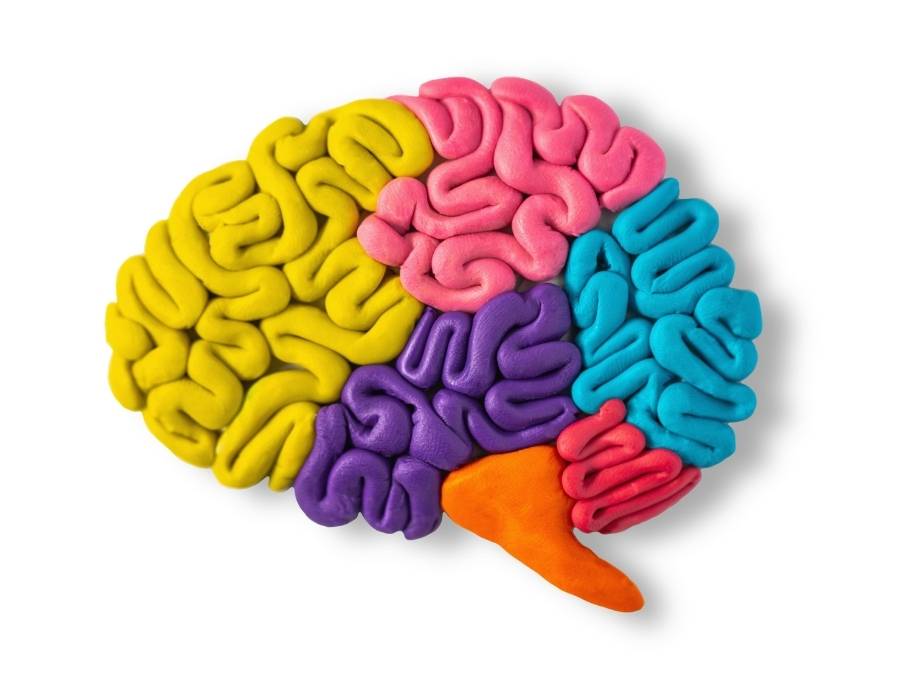
This distinguishes us from other animals and makes us capable of symbolic thought. Symbolic thought is the ability to understand and use language, think abstractly, and represent concepts with symbols.
Yin and yang
The yin and yang can be applied to the human mind. The left brain is considered to be the yin, while the right brain is considered to be the yang.

The left brain is associated with logic, language, and analytical thinking, while the right brain is associated with creativity, intuition, and emotional processing. Although they are different, both sides of the brain are necessary for a well-rounded individual.
Lightbulb
A lightbulb is often seen as a symbol for the mind, as it is an essential tool for providing light and visibility in the dark. The mind is similarly essential for providing clarity and understanding in times of difficulty or confusion.
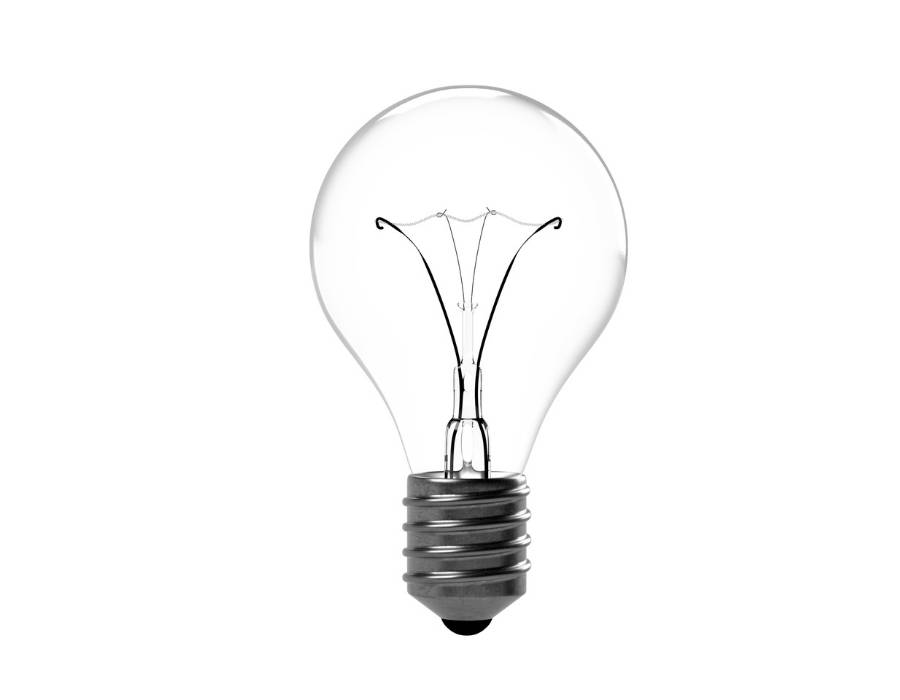
Just as a lightbulb illuminates the space around it, so does the mind shed light on the situation at hand, helping us see things more clearly.
“I put my heart and my soul into my work, and have lost my mind in the process.”
– Vincent Van Gogh
Gears
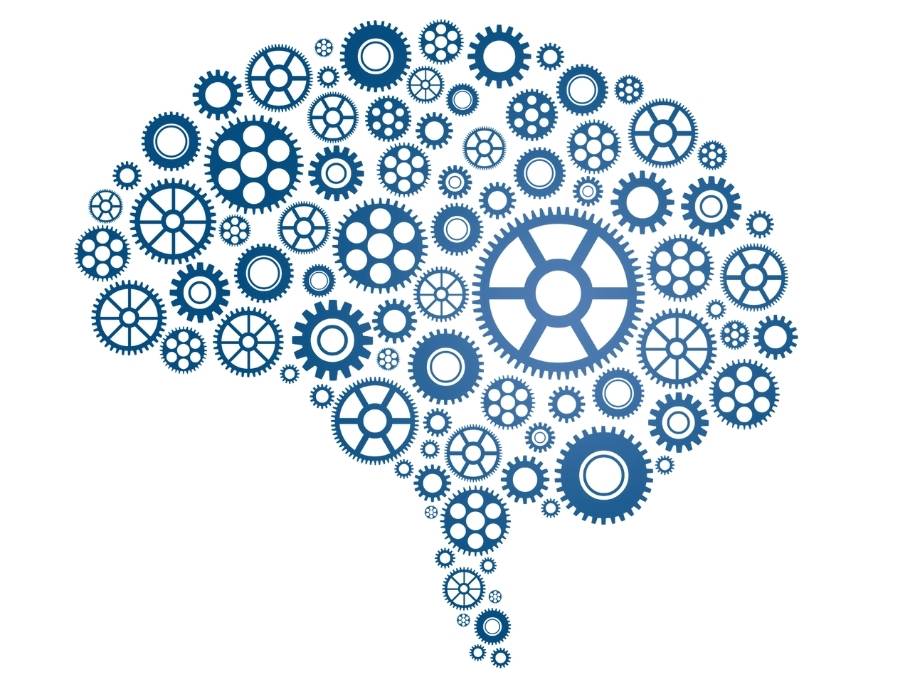
Gears are a common symbol for the mind, as they are often used to represent the inner workings of the brain. The interlocking and meshing of gears can symbolize how thoughts and ideas connect, while the spinning of gears can represent the constant activity of the mind.
Book
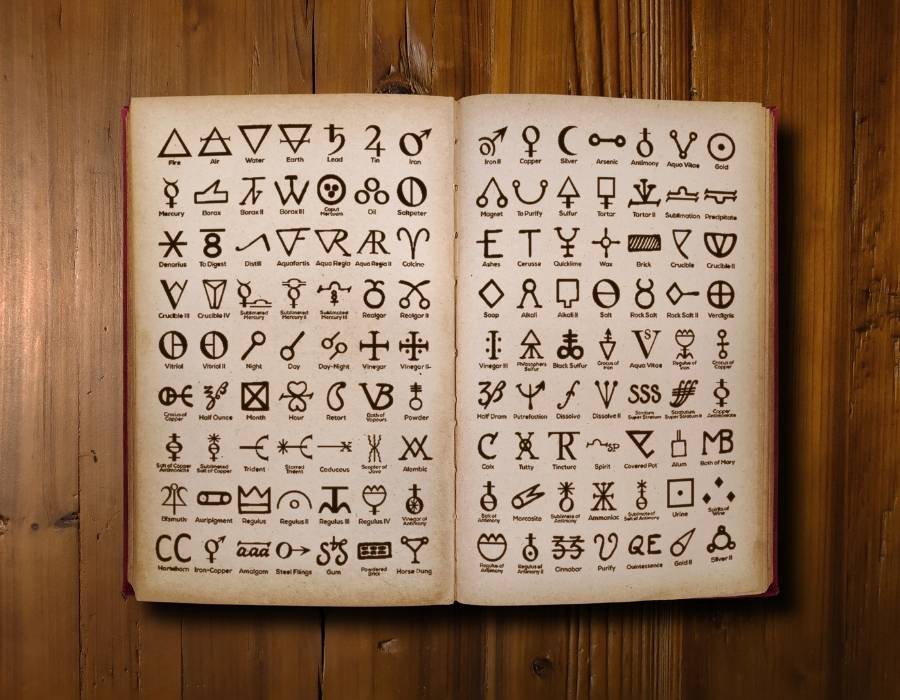
A book is a window into another world, and it has the power to change the way you think about the world around you. When you read a book, you are using your mind to engage with the ideas and thoughts of the author. You are expanding your understanding of the world and growing as an individual.
Tree
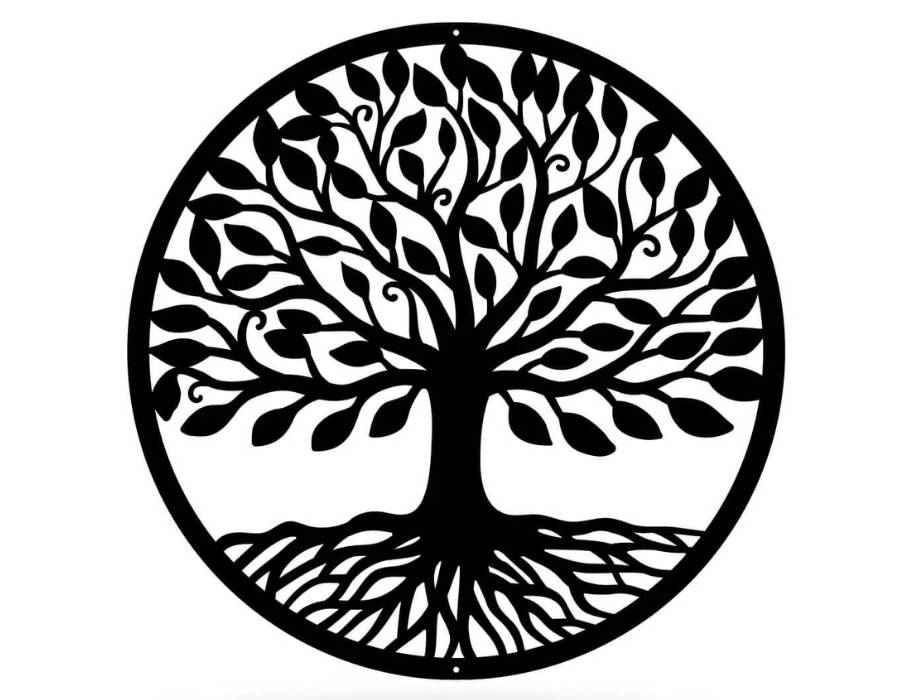
A tree’s branches represent the different thoughts and ideas that make up your mental landscape, while the roots represent your deep-seated beliefs and values. Just as a tree needs branches and roots to be healthy and strong, you also need a balance of different thoughts and beliefs to maintain a healthy mind.
Labyrinth
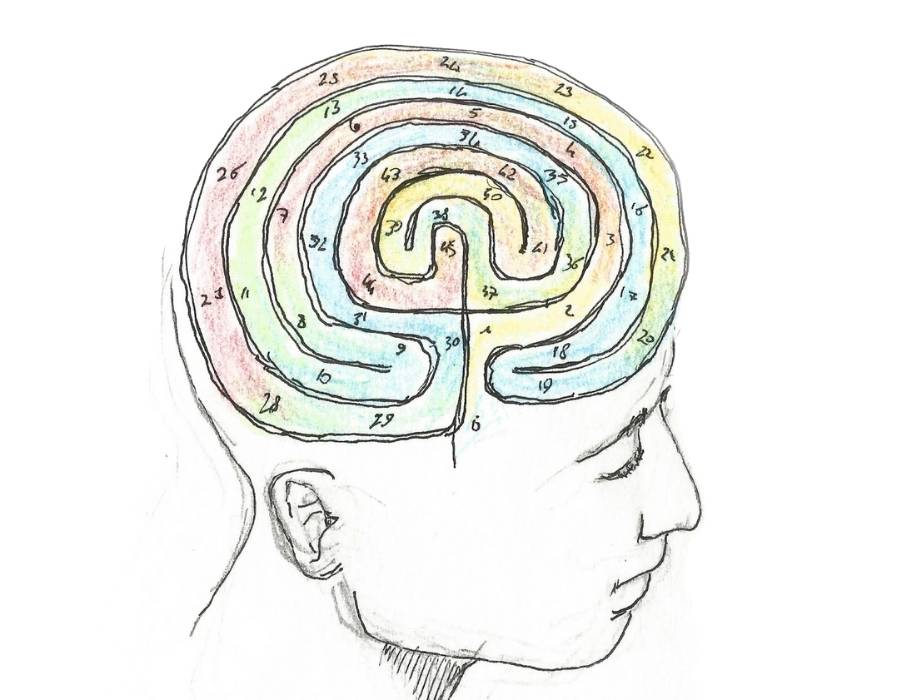
The labyrinth is often used as a metaphor for the complexity of the mind, with its many twists and turns to represent the challenges and choices you face throughout your life. The center of the labyrinth represents your highest potential, while the outermost edges represent your darkest fears and desires.
Mirror
Just as a mirror can be used to check your appearance, you can use your mind to check your inner thoughts and feelings. A mirror reflects what is on the outside, just as your mind reflects what is on the inside.
Your thoughts and emotions are reflected back to you through your actions and words.
“The mind is not a vessel to be filled but a fire to be kindled.”
– Plutarch
Sun
The sun is a symbol of the mind because it is the center of your solar system, and it is what gives life to all the planets. The sun is also a source of light and heat, which are essential for life.

Symbolically, the sun represents your consciousness, your ability to think and reason.
Eye

The eye is one of the most important symbols in many cultures. It represents the mind and is often seen as a symbol of knowledge and wisdom. The eyes are how you perceive the world, and this protection is experienced within the mind.
Mind symbolism throughout different cultures
The mind has been depicted throughout different religions, cultures, and philosophies over the years.
“Do not dwell in the past, do not dream of the future, concentrate the mind on the present moment.”
– Buddha
Hinduism
In Hinduism, the mind is called Manas, which is believed to be the central source of energy for the body’s scenes, perceptions, and memories. This aspect of the human governs over intellect, mental power, and intelligence (see also our post about mind, body, and soul symbolism)
.
Hindus believe that the manas is unconnected to the spirit or soul. Manas is solely based on the body and used to experience and interact with the material world.
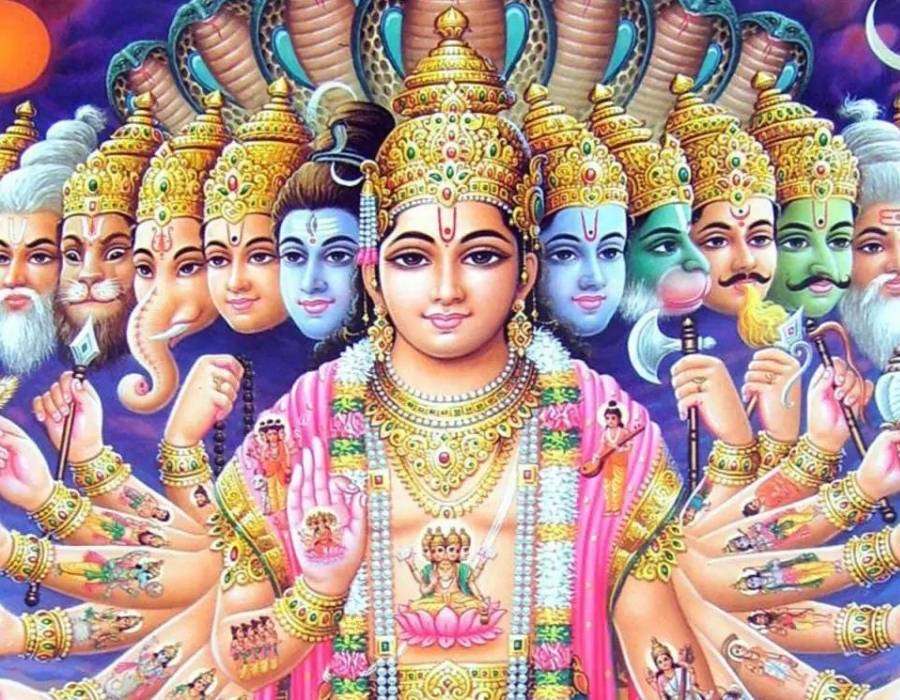
Manas also symbolizes the connection between the heart and the third eye, which is linked to one’s intuition and understanding of reality. The connection here suggests that the mind is a powerful symbol for the conscious experience of the human being and a special connection that allows one to interpret and understand their emotions.
Chinese culture
In China, the mind is called Xin, which is also sometimes used to reference the heart. Chinese use the mind as a symbol of their inner world as well as their feelings.
Ancient Chinese people believed that the heart and mind were one, meaning both feeling and thought were two sides of the same coin. The Daoist symbolizes the mind (xin) as being the vessel that creates conflict, disagreements, and differences.
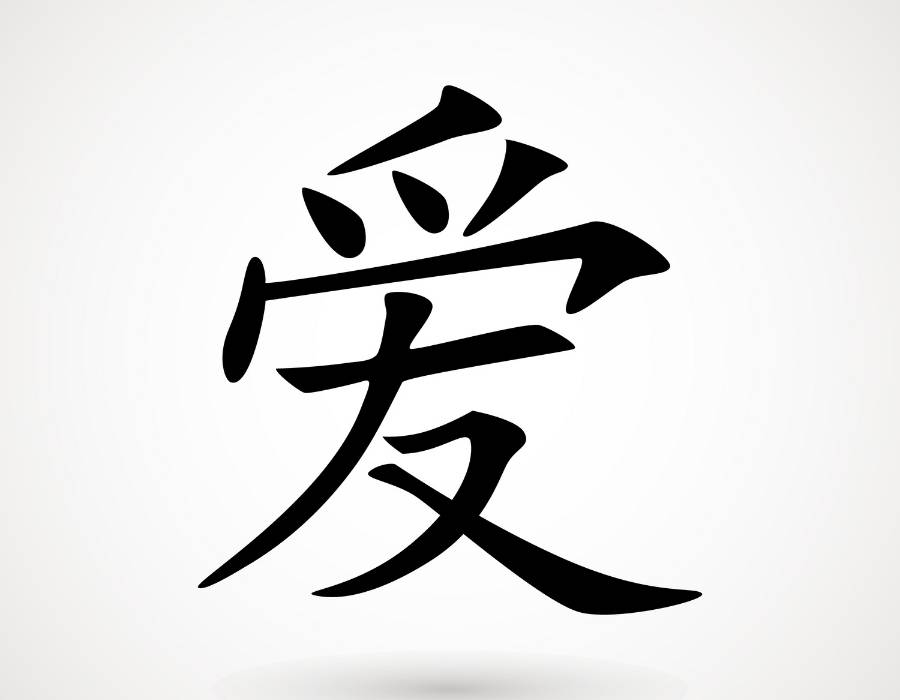
In Confucianism, some believe that the mind (xin) is an aspect of one’s self that is gained throughout an entire lifetime. Here, the mind symbolizes an ever-growing, ever-changing tool that’s a total reflection of one’s life.
Native American culture
Native Americans believe there is no disconnection between the mind, body, and spirit. Anything that happens to the mind also directly affects the rest of one’s being.
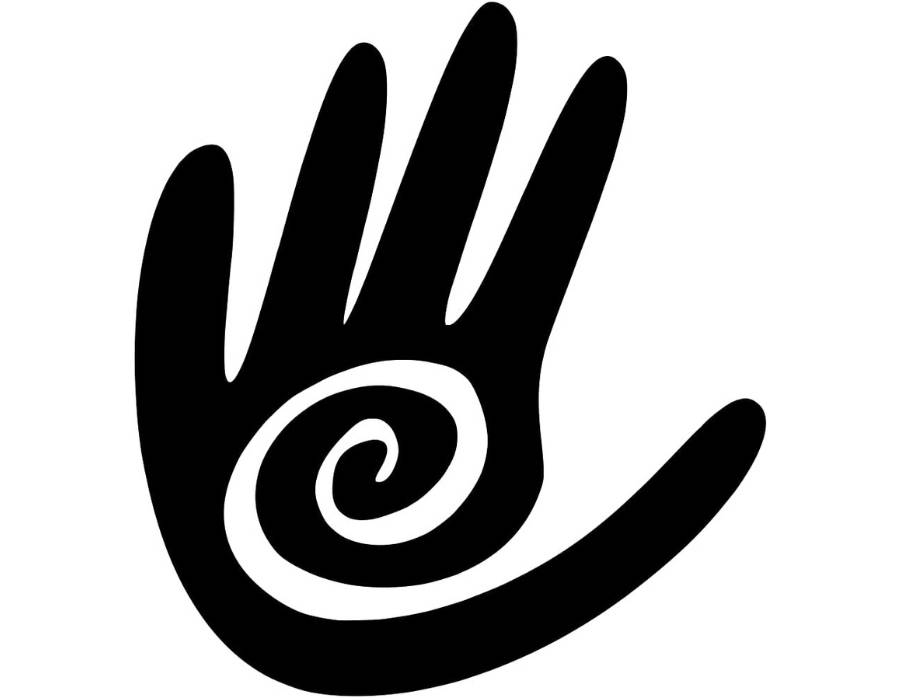
They also believed that the mind could be used to heal certain aspects that were non-physical due to the mind, body, and spirit connection. For them, the mind was a symbol of unity, connection, and an extension to the greater source or creator of the earth.
European culture
Carl Jung was a Swiss psychiatrist known for creating the vast majority of the mind’s symbolism found throughout psychology and mental health spaces. Jung used the mind as a melting pot for all of the many characteristics and archetypes of human beings.
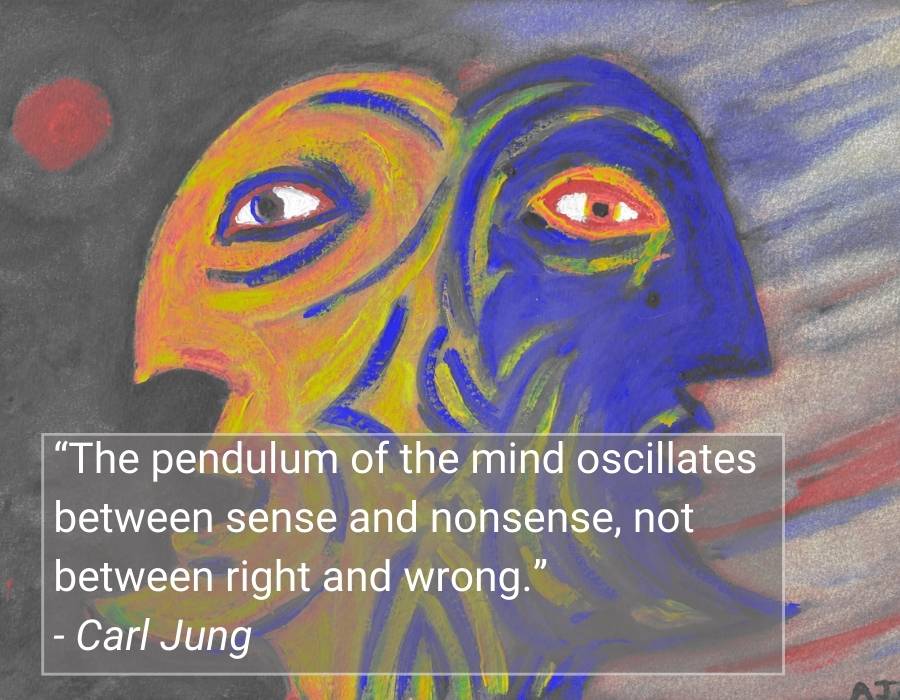
One of his symbols for the mind was a shadow, which symbolized the unconscious aspect of the mind. The unconscious, or subconscious, is the inner working of the mind that operates outside of the conscious mind, making it sometimes unknown.
Jung divided the human mind into 12 archetypes, all containing different qualities and energy found in people all throughout the world.
For more information on Carl Jung’s archetypes, check out this video. We also have a post about mindfulness symbolism, click to read.
Exploring the Mind: Symbolic Representations and Ancient Wisdom
Throughout history, the human mind has been conceptualized through various symbolic representations that help us understand its complex nature. From ancient wisdom to modern psychology, these symbols provide insight into how we perceive consciousness and mental processes.
The Six Enemies of the Mind in Eastern Philosophy
In Vedic and Buddhist traditions, there are six enemies of the mind (Arishadvarga) that create mental disturbances: desire, anger, greed, attachment, pride, and jealousy. These negative qualities are symbolized as obstacles to mental clarity and spiritual growth. By recognizing these “enemies,” practitioners can work toward mental purification and higher consciousness.
Mind, Body, and Spirit Symbols in Holistic Traditions
The metaphysical meaning of mind extends beyond mere cognition. In holistic wellness traditions, the mind-body-spirit connection is often represented by the triangle or triple spiral. These symbols emphasize that optimal wellbeing requires harmony between our thoughts (mind), physical health (body), and inner essence (spirit). Many healing practices utilize these symbols to promote integration of these three fundamental aspects of human existence.
Nous: The Mind in Greek Philosophy
The ancient Greeks had a profound understanding of the mind, referring to it as “Nous” (νοῦς). Unlike modern conceptions, Nous represented not just intellect but divine intelligence and the origin of consciousness itself. Aristotle and Plato viewed Nous as the highest form of knowledge—pure reason untainted by sensory experience. This symbol of consciousness influenced Western philosophy for millennia and continues to shape our understanding of intellectual potential.
Subconscious Symbolism and Rooster Spiritual Meaning
The subconscious mind is often symbolized by water or the moon, representing depths beyond our everyday awareness. Interestingly, in many traditions, animals serve as symbols for mental states. The rooster, with its dawn announcement, carries spiritual meaning as a symbol of awakening consciousness and mental alertness. In Chinese symbolism, the rooster represents fidelity and punctuality—mental qualities that bring order to chaos through disciplined thinking.
Modern Symbols of Mental Mischief and Surprise
Contemporary culture has developed its own mind symbols. The symbol of mischief—often depicted as a smirking face or trickster figure—represents the playful, unpredictable aspects of our thinking. Similarly, the element of surprise (popularized through internet memes) symbolizes how our minds respond to unexpected information. These modern representations highlight the mind’s capacity for humor, adaptability, and the constant interplay between expectation and reality.
FAQ
What does the brain symbolize in different cultures?
The brain symbolizes intelligence, wisdom, and cognitive ability across cultures. In Western traditions, it represents rational thinking and problem-solving. Eastern philosophies often view it as the seat of consciousness, while ancient Egyptians considered it less important than the heart in spiritual contexts.
What is the symbolic meaning of consciousness?
Consciousness symbolizes awareness, perception, and self-knowledge. It represents our ability to experience reality and reflect on our existence. Many spiritual traditions view consciousness as the bridge between material and immaterial realms, the essence of being that transcends physical limitations.
How is the subconscious symbolized in art and literature?
The subconscious is typically symbolized through water imagery (oceans, rivers), labyrinths, dreams, and shadows. Artists like Salvador Dalí used melting clocks and dreamscapes to represent subconscious thoughts. Literature often employs forests, basements, or caves to symbolize journeys into unconscious realms.
What is the metaphysical meaning of the mind?
Metaphysically, the mind represents the non-physical aspect of consciousness that transcends the brain. It’s often viewed as the intersection between material existence and spiritual essence, capable of abstract thought and self-awareness. Many traditions consider it the vessel for connecting with higher dimensions of reality.
What does the rooster symbolize in relation to mental states?
The rooster symbolizes mental alertness, awakening consciousness, and intellectual vigilance. In many traditions, its morning crow represents the dawning of awareness and dispelling mental darkness. Chinese culture associates roosters with fidelity and punctuality—qualities of a disciplined, orderly mind.
What is the significance of the “element of surprise” as a mental symbol?
The “element of surprise” symbolizes the mind’s response to unexpected information, representing cognitive flexibility and adaptability. It highlights how mental schemas can be disrupted, creating opportunities for new insights. In modern contexts, it often represents the sudden shift in perspective that accompanies revelatory moments.
What does dopamine decor symbolize about our mental states?
Dopamine decor symbolizes our mind’s reward system and pursuit of pleasure through vibrant colors, playful patterns, and stimulating designs. This aesthetic trend represents the brain’s dopamine response to visual stimuli, highlighting how our physical environments can influence mental states, mood, and overall cognitive well-being.
